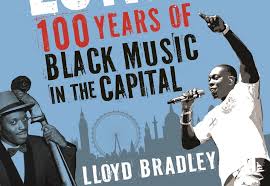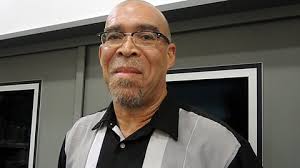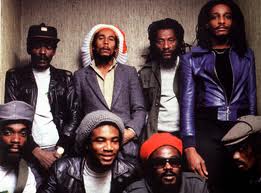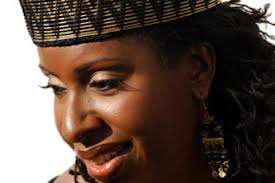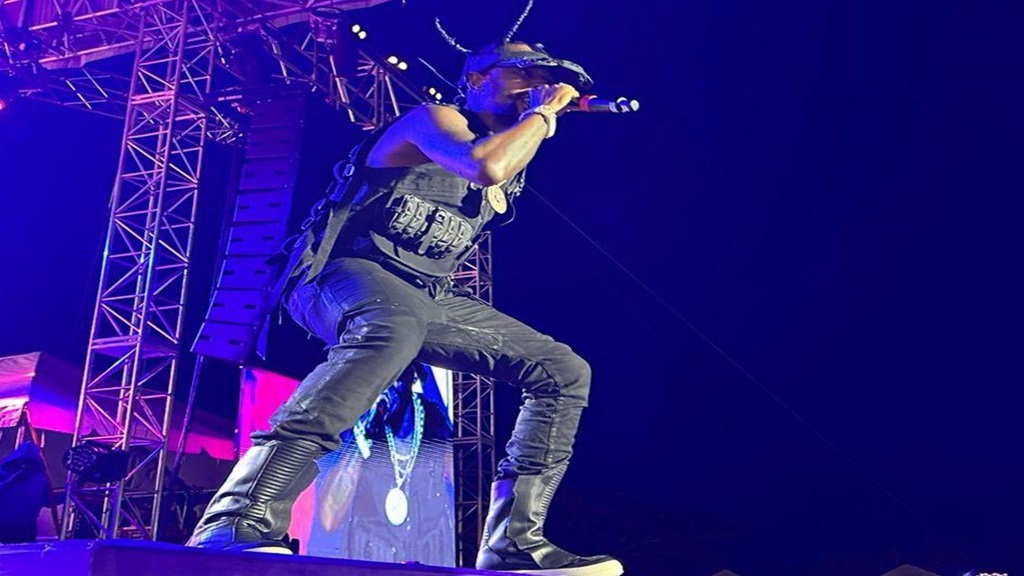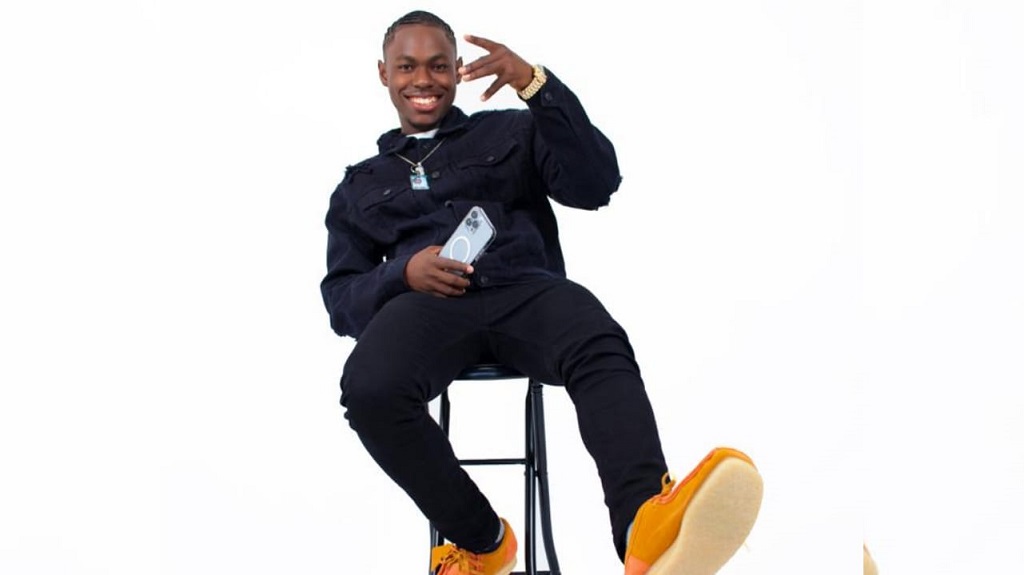From Lord Kitchener to Labrinth, London’s black music is constantly evolving, as a new book by Lloyd Bradley makes plain
London Calling: Soul II Soul outside their first shop in Camden, north London. Image courtesy of Jazzie B
By Jim Caroll—
So what does London sound like? In the case of Lloyd Bradley and his book Sounds Like London, which charts 100 years of black music in the English capital, the sound of the city is a multifaceted, ever-changing canvas.
It takes in the reggae and calypso of the Jamaican and Trinidadian musicians who arrived in the late 1940s and 1950s, and moves through lovers rock and jazz-funk to the grime, dubstep and jungle of today. At every step of the way, the sounds blend and mix and mutate to form something new and exciting.
Bradley sets out to map these changes and show how black music and its cast have contributed to London’s musical fabric. Bradley is the man for the job, especially as he wrote Bass Culture, one of the most impressive histories of reggae.
Lloyd Bradley
“I really enjoyed doing Bass Culture. It was like an adventure story,” says Bradley. “I’d never been to Jamaica before I worked on it. My heritage is Caribbean but not Jamaican. It was so well-received that it shows the reading public and music fans are more robust than they’re given credit for. They wanted a story of reggae that wasn’t the story of Bob Marley with the other bits stitched around the outside.
“Bass Culture is a Jamaican story, but London is my story and that’s the story I wanted to tell, though it was a much harder sell. Everybody understands reggae and everybody is kind of interested in it. It’s not hard to sell a book about reggae to Mojo readers.
“London is far more nebulous and less definable. Unless you were involved, you didn’t realise so much stuff existed. The absolute beauty of London is that the music bleeds into everything else. We haven’t got the cultural apartheid you might find in American cities or some European cities.”
Bob Marley & The Wailers
‘Black hops’
While there were some “black hops” in the city in the late 18th century, Bradley traces black music in London to the arrival of the 27-piece Southern Syncopated Orchestra, who performed there in 1919. Their take on Dixieland jazz influenced dozens of London-based Caribbean musicians who formed their own bands – and London swung to these in clubs and ballrooms.
The influx of West Indians and their steel-pan drums pushed things on. The arrival of the Empire Windrush at Tilbury in 1948 saw dapper calypso singer Lord Kitchener jumping off the ship to sing London Is the Place for Me to waiting pressmen, and the story takes off from there.
From South Africans playing jazz to the arrival of the west Africans with Afrorock and highlife, every set of arrivals brought something new. Bradley brings us from a group of African musicians celebrating VE Day in 1945 in a congo line around Trafalgar Square through pirate radio, Dizzee Rascal and urban pop stars such as Labrinth. He finds much to connect these scenes. One link is economics and how middlemen cropped up to buy and sell music from and to the new arrivals.
“That’s the sound-system culture – people doing it for themselves outside the system,” he says. “You won’t find an EMI or Sony Music at the heart of any music revolution. You look at the soundmen who recorded their own records or someone like Emil Shalit, who cropped up in Bass Culture, selling Jamaican music in London.”
Janet Kay
Lovers rock
Another influence on London’s sound was the desire of new generations to have their own music – such as lovers rock – a sassy mix of American soul and Jamaican rhythm delivered by British youths.“Janet Kay and Victor Romero Evans explained it really eloquently,” says Bradley.
“They were making their way in London and wanted music that represented them, which wasn’t necessarily the Jamaican reggae of their parents, but lovers rock. They were able to tap into the sound-system world and respond. It was entirely self-contained and self-supported.
”This self-sufficiency and sustainability could be seen in the arrival of pirate radio and the importance of characters such as Jazzie B of Soul II Soul, Norman Jay, Trevor Nelson and many others.
These DJs, producers and, in Jazzie’s case, pop stars were London-born, so their music took from the music of their immigrant parents, the music they heard and the city they inhabited.By this stage, immigrant music had truly become the city’s music and had to be acknowledged by the establishment, as demonstrated by how the BBC introduced the BBC 1Xtra radio station to cater for black music.
“The proliferation of pirate stations embarrassed the BBC,” notes Bradley. “Kids across the board were listening in and buying jungle, grime and dubstep on the basis of what they were hearing. They had to do something about it and that was 1Xtra. It was a fantastic example of people power.”
Bradley has already done some work on Irish music’s role in the city. “I found it fascinating how the music had developed in London and the knock-on effect it had in Ireland and the struggle between the Irish music establishment and the people who wanted to modernise it.
Hopefully, some day I’ll get to write that book.”
Sounds Like London: 100 Years of Black Music In the Capital by Lloyd Bradley is published by Serpent’s Tail






